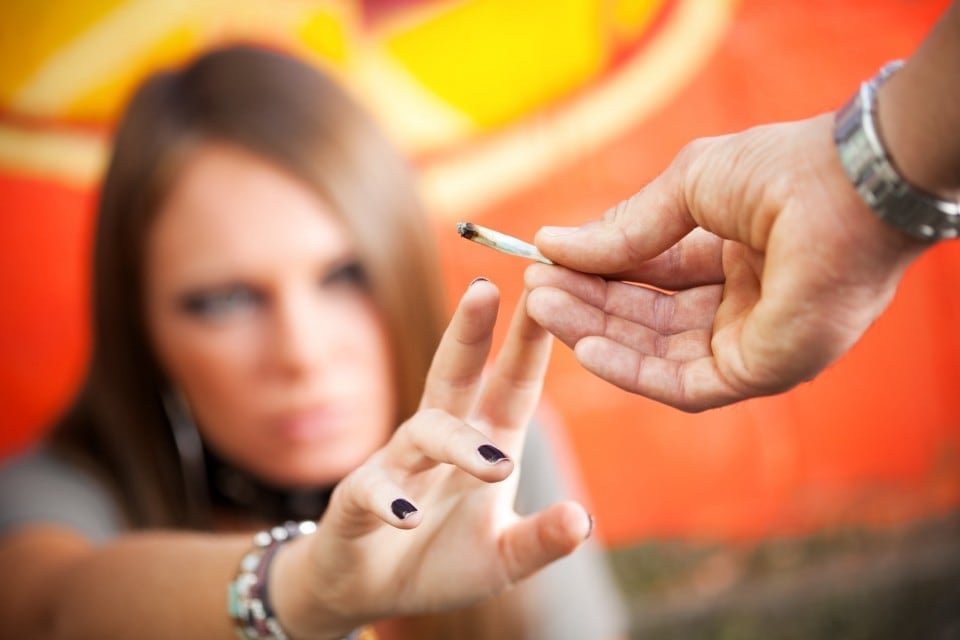Emergency department (ED) visits involving cannabis increased among youths aged 0–14 years before 2019, coinciding with the expansion of cannabis legalization across the United States. During the COVID-19 pandemic, cannabis-involved ED visits were higher than in 2019, with significant increases observed among children aged 10 years and younger, as well as those aged 11–14 years. Notably, rates among females aged 11–14 years increased more than those among males. To protect youths from unintentional cannabis ingestion, it is crucial to implement safe cannabis storage practices in households. Additionally, local youth-focused programs that address stress management may help prevent the initiation and continued use of cannabis. Modifications in cannabis packaging could also reduce its appeal to young people, especially as cannabis availability increases in some states.
FACTS
- In 2021, approximately 18.7% of U.S. persons aged ≥12 years used cannabis.
- The expansion of legalization of medical and nonmedical cannabis has contributed to increased availability and use among adults.
- Monitoring the Future data shows that youth’s perception of the risk of cannabis use has declined.
- The COVID-19 pandemic has been associated with increases in substance use for some youths.
- Cannabis-involved emergency department (ED) visits began increasing significantly several years before the start of the pandemic among all age groups except those aged 15–24 years.
In light of the rising cannabis-involved ED visits among young persons, particularly during and after the COVID-19 pandemic, it is crucial to address the multiple factors contributing to this trend. Increased use as a coping mechanism, the availability of highly concentrated THC products, and the appeal of cannabis packaging to youths all play a role in this issue. To protect children, adults who use cannabis must ensure products are stored securely and out of reach. Communities, schools, and local organizations can implement evidence-based prevention programs tailored to address the changing patterns of cannabis use among youths. Additionally, states can enforce stricter packaging regulations to reduce the appeal of cannabis to younger populations. These combined efforts are essential to mitigate the concerning rise in cannabis-involved ED visits among young persons.
Reference: https://www.cdc.gov/mmwr/volumes/72/wr/mm7228a1.htm





